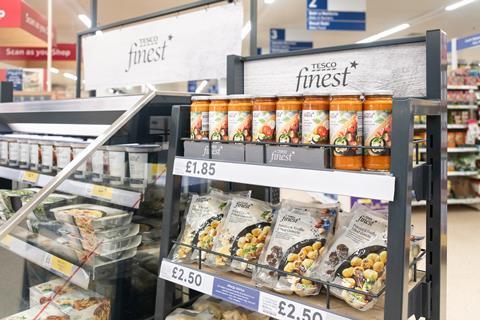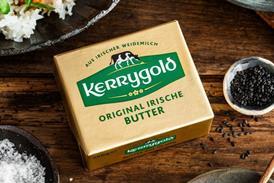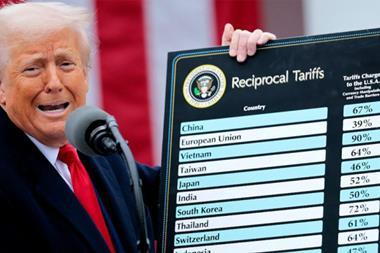
Investors raced to pick up a piece of Tesco this week, as Britain’s biggest supermarket lifted its full-year profit forecast following a strong first-half performance.
Shares leapt on Thursday as the group posted interim results, reaching 3% higher to 365.6p by lunchtime, before settling back to 1.5% up at 360.3p. It puts the stock up by almost a quarter so far this year, adding about £5bn to the market cap.
The news also carried listed rival Sainsbury’s to a 1% rise to 292p.
Tesco increased group revenues 3.5% to £31.5bn in the 26 weeks ended 24 August, as the business invested in its Aldi Price Match scheme and Clubcard Prices to take the fight to the discounters and supermarket rivals.
CEO Ken Murphy said the first-half growth was volume-led.
Like-for-like sales grew 2.9%, with Tesco making share gains from struggling peers such as Asda.
The Finest own-label brand was a big contributor to the retailer’s performance, with volumes of the range soaring by 14.9%, as more than 20 million customers shopped the upmarket offering.
Adjusted operating profits jumped 15.6% to £1.6bn in H1, while pre-tax profits rose 20% to £1.4bn.
Full-year expectations were raised on the back of the first half to £2.9bn, up from previous guidance of “at least” £2.8bn.
Tesco also demonstrated confidence in its future prospects heading into the crucial Christmas trading period with a healthy 10% increase in the interim dividend to 4.3p a share.
William Woods of Bernstein noted that like-for-like growth was slightly softer than the 3.3% expected by analysts. But he was “not concerned” given food inflation continued to ease, which implied Tesco was still growing ahead of the market.
Woods added the profits upgrade and free cashflow range being held at £1.4bn to £1.8bn reinforced Tesco’s position as “a strong and stable performer”.
AJ Bell investment director Russ Mould said for a company in such a competitive market, and with an already dominant market position, to be taking share was “quite the feat”.
“The challenge put forward by the German discounters hasn’t gone away, but Tesco has managed to absorb it in a way which other mid-market groceries outfits like Asda and Morrisons have found more difficult,” Mould added.
“The growing appetite for its Finest range also suggests it may be starting to appeal to shoppers who previously would have frequented higher-end rivals.”
Mould also noted that “a fairly astonishing” 23 million households now had a Clubcard membership.
“This is why the report on CMA findings into supermarkets’ loyalty pricing practices will be closely monitored by Tesco and its shareholders when it comes out next month. Though the noises to date suggest this shouldn’t pose a major threat.”



















No comments yet